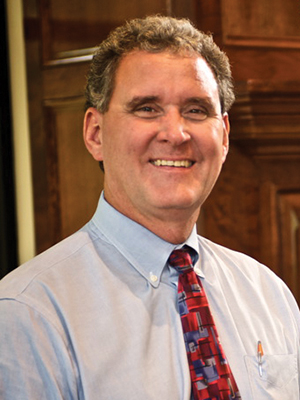 David Ammons
David AmmonsDavid Ammons is president of Retirement Living Associates, Inc. (RLA), a company which provides planning, development, marketing, and management services for new and existing retirement communities. He has worked in and with Senior Living Communities since his graduation from Wake Forest University in 1985.
In the last Guide, I wrote about Lifestages and how much I wish for the day when an individual or couple, sharing the news that they have decided to move to a retirement community, is greeted with “Great News! Congratulations.”
Since writing in the last Guide, I have heard from some industry friends and others, who read the article, raise an important question: “Why isn’t the news of a planned move greeted more positively?” I do not have an answer to that question, but I feel it lies in the transition that occurs when people move that surprises not only their friends and families but, more importantly, the person moving.
This transition for some is gradual; for others, pretty quick. It is difficult to describe, but it’s demonstrated, I believe, most clearly in the priorities voiced to Marketing and Sales Counselors versus the conversations that ensue with a retirement community staff following a move.
During the time a prospect is “shopping” a community they tend to focus on amenities and practical concerns such as closet space, parking, dining room furniture space, the number of sinks in the master bathroom, and other aspects labeled as real-estate-related.
After becoming fully settled in their new home, when they talk about why they like it, the reasons are new friends, new opportunities, exciting excursions, the pleasure of “finally” having time for reading and their hobbies of woodworking or gardening.
In other words, the focus changes from physical surroundings to personal, internal satisfaction. I believe the change is also tied to higher priorities. Recognizing that physical surroundings matter and space and comfort are important, or as a friend refers to these matters as “processes of life,” then we can focus on more significant levels of personal priorities.
There are so many areas in which I see this change or transition manifest itself that I am working with several groups to determine how to acknowledge and perhaps even reshape our priorities. In time management concepts, there are many examples of how to ensure that you are first taking care of what matters most and then getting to the lesser concerns. Perhaps that is an important point in making our own priority list. While it is natural to want to ensure that a new living space has the physical aspects we require, it is probably more important to ensure that a new living arrangement will meet our desires and the deeper aspects of how we want to spend our time.

